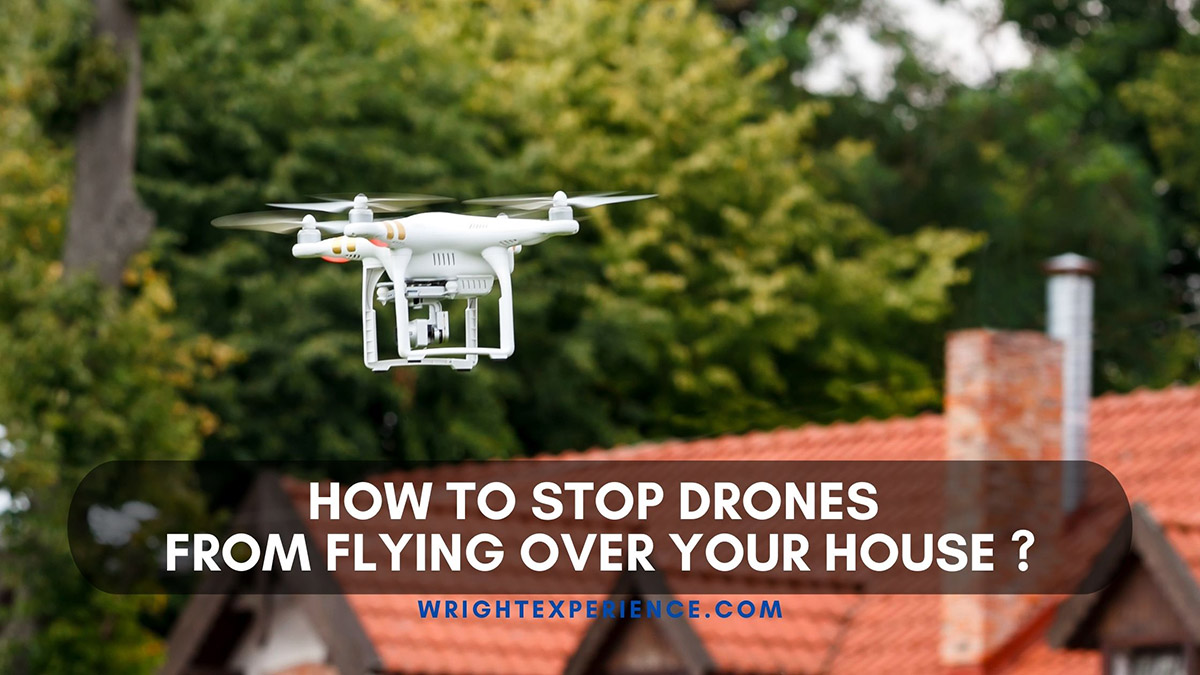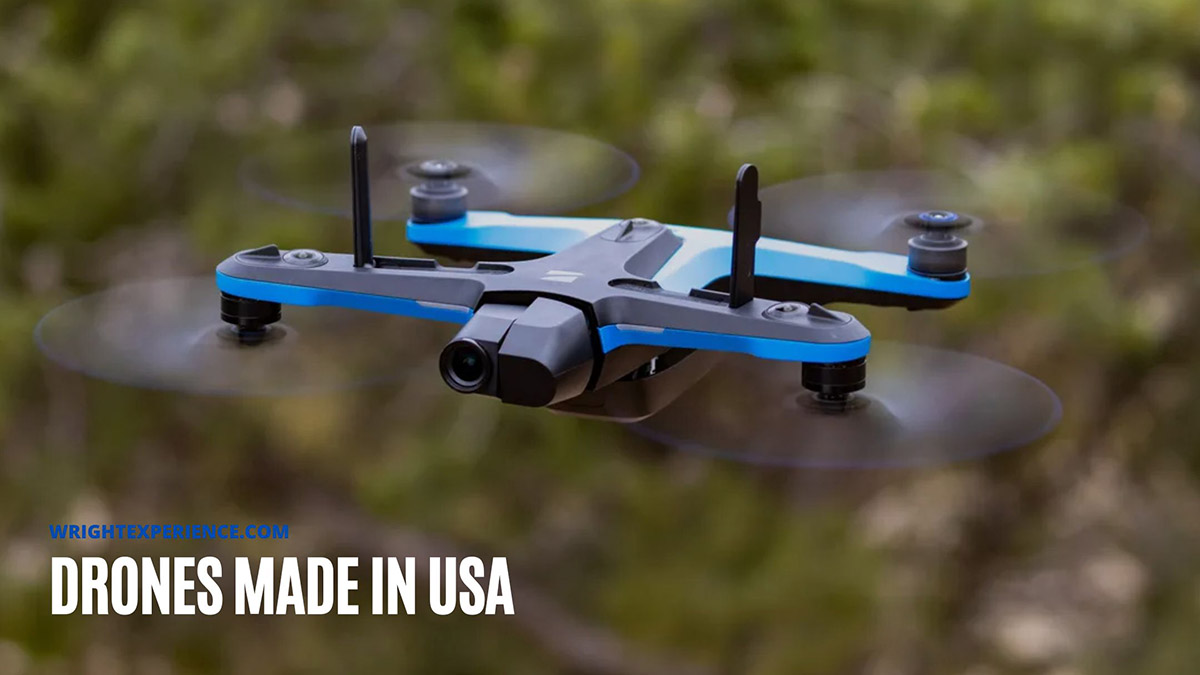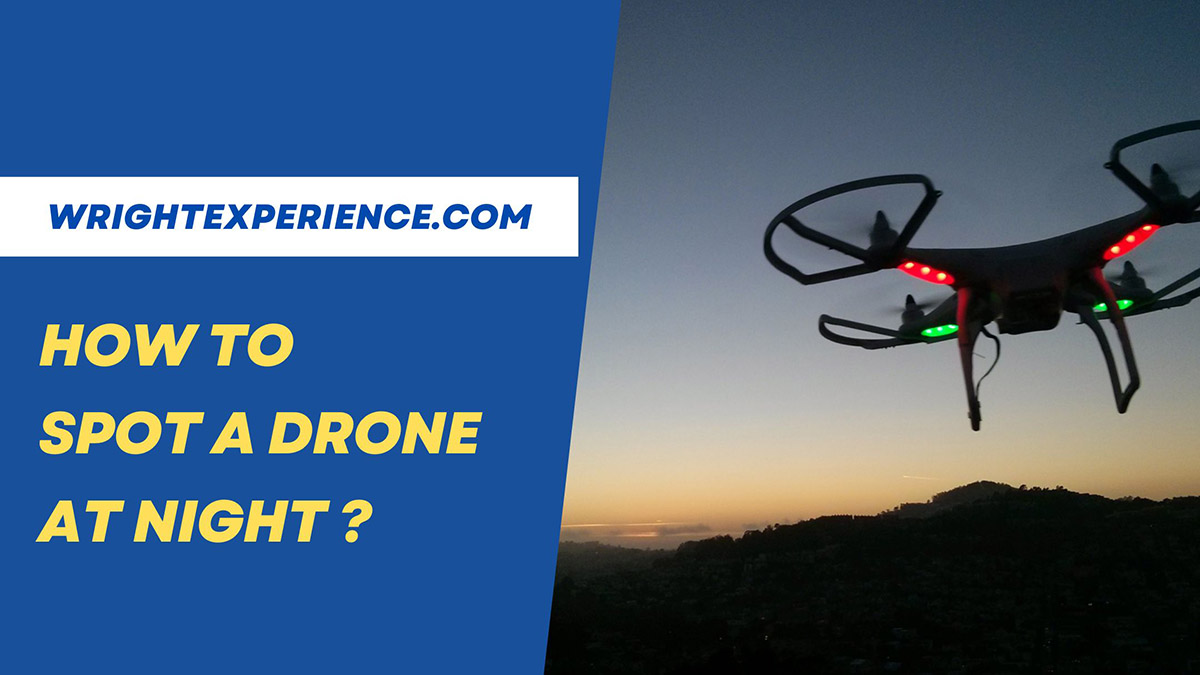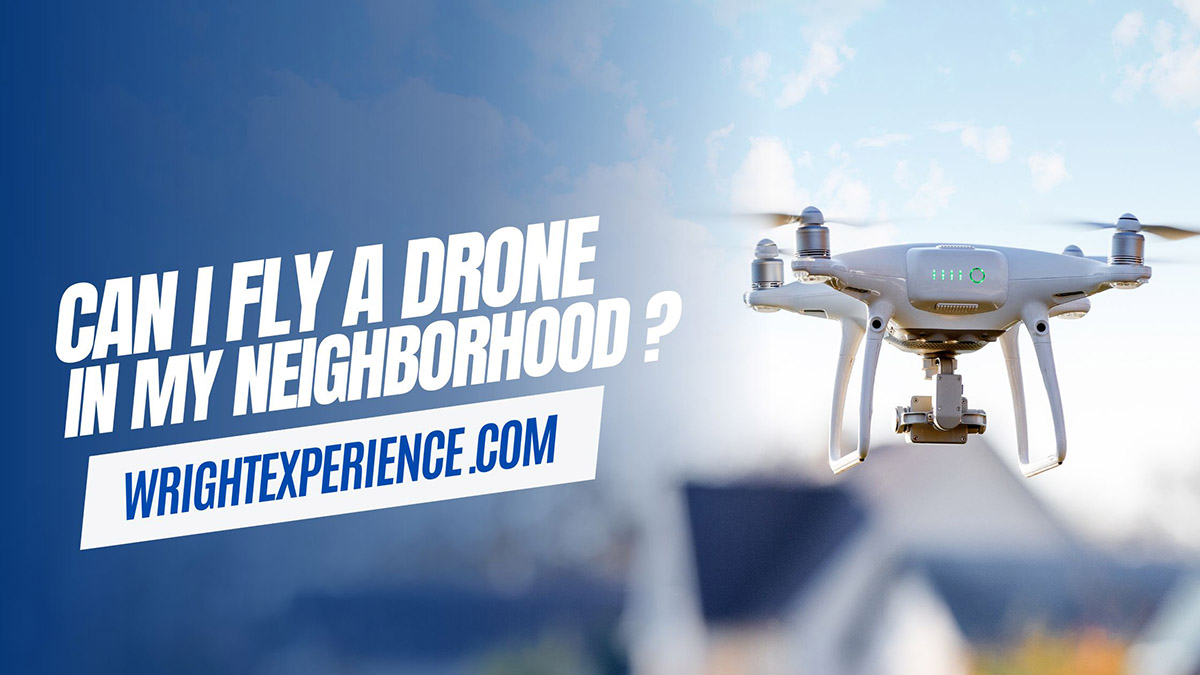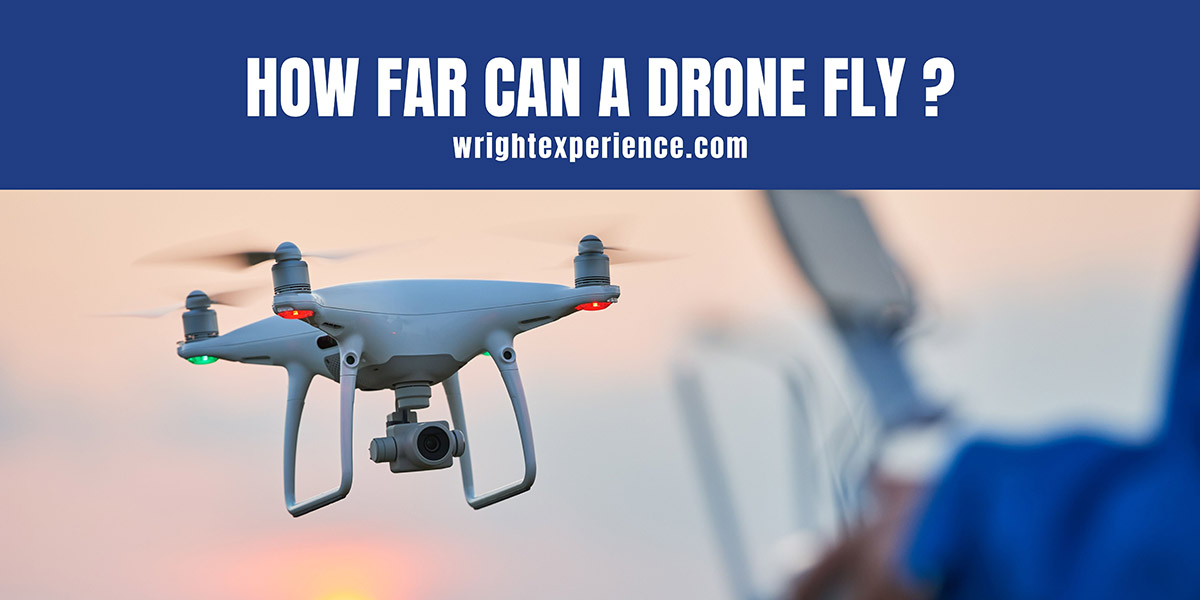In recent years, there have been numerous reported cases of unmanned aircraft being used to spy on people and their property. This highlights the potential for drones to be used for malicious purposes, including violating privacy laws.
Homeowners have the right to protect their privacy, safety, and property. If you believe your rights are violated, learn some solutions to drones flying over your house.
In this article:
Is It Legal For A Drone To Fly Near My House?
Yes, it is legal for a drone to fly near your house, but only if the drone operator applies laws and regulations. This includes flying within the maximum allowable altitude and staying clear of airports and other restricted airspace.
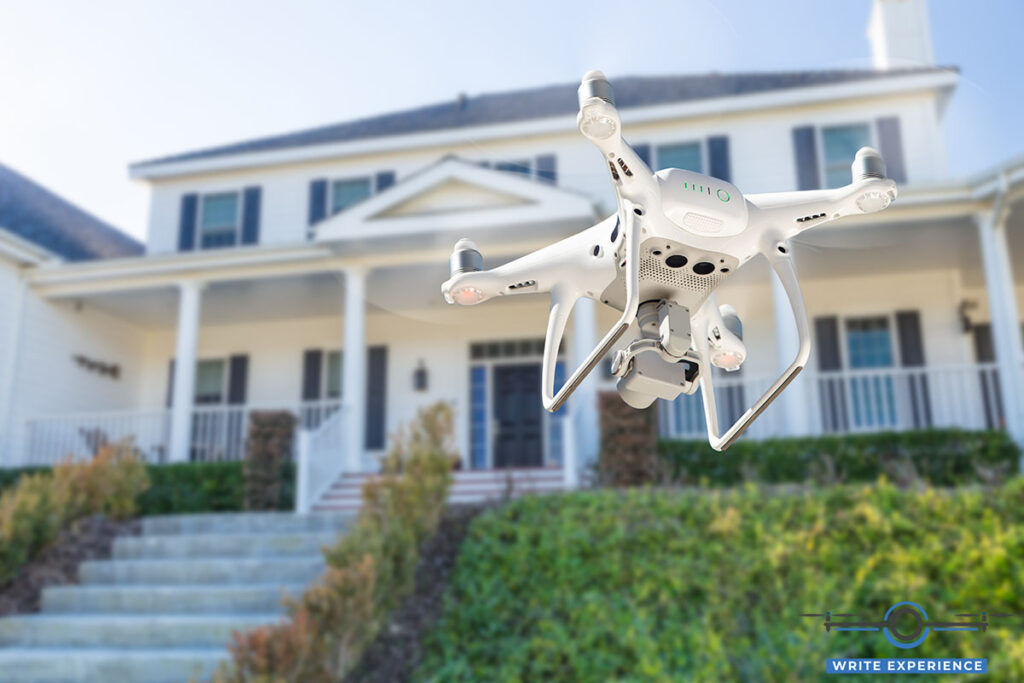
Based on our expertise in aviation when working at The Wright Experience, here are some crucial laws and regulations to remember before taking any action:
- Drones, like conventional aircraft, are subject to airspace laws. This means that it is illegal to interfere with a drone’s operation in any way that could endanger the safety of the drone, its operator, or other people or property in the area.
- The Federal Aviation Administration (FAA) controls drone usage in the United States. The FAA has a variety of restrictions and regulations that drone pilots must observe, such as flying below 400 feet and keeping their drones within line of sight.
- It is against the law to harm or destroy a drone without the owner’s authorization, which is considered theft or vandalism.
- It is also illegal to track or monitor a drone without the authorization of its owner.
Additional rules and regulations may differ by country and state, but all citizens, including police officers, must follow the laws and regulations in place.
Identify The Drone Before Taking It Down
To begin, just because a drone is nearby does not imply that it is flying unlawfully. Taking down a drone being operated legally might have ramifications for you and the operator.
Follow these tips to identify a drone:
- Look for the drone pilot. The drone pilot is typically within the visual line of sight of their drone. Pay attention to the drone’s flight path to help you locate the pilot. They may be holding a remote control or using a smartphone to control the drone.
- Check for registration markings. All drone models weighing more than 0.55 pounds must be registered with the Federal Aviation Administration (FAA) directly under the Federal Government. The drone’s registration number should be displayed on the drone or on an attached tag.
- Use a drone detection system. Drone detection systems can be used to identify drones and their pilots. These systems typically use radio frequency (RF) sensors to detect.
Once you have identified the drone, you can try to contact the pilot and ask him to stop flying over your property. If they refuse, or if you are unable to locate the operator, continue reading to find the answer.
How To Stop Those Drones Legally?
If a drone is flying over your property and bothering you, don’t shoot it down. Instead, it’s best to contact a professional drone removal service or report it to the police or the FAA for help. As a last resort, you can use a drone jammer or an anti-drone drone to disable it.
Contact A Professional Drone Removal Service
There are companies that specialize in removing drones from private property. These companies typically use nets or other devices to stop the drone without damaging it. However, this is an expensive option, and it may not be available in all areas.
Report The Drone To The FAA
You can file a complaint online or by calling the FAA at 202-418-1122. The FAA will investigate the complaint and take appropriate action, including contacting the drone pilot or issuing a fine.
Report The Drone To The Police
You can call the police to report the drone as a nuisance or as a possible trespassing violation. The police will investigate the complaint and take appropriate action, such as warning the drone pilot or issuing a citation.
Use A Drone Jammer Or Anti-Drone Drone
A drone jammer is a device that can interfere with the signal between the drone and its pilot. This can cause the drone to lose control and crash. However, according to our knowledge, using a drone jammer is illegal in most countries.
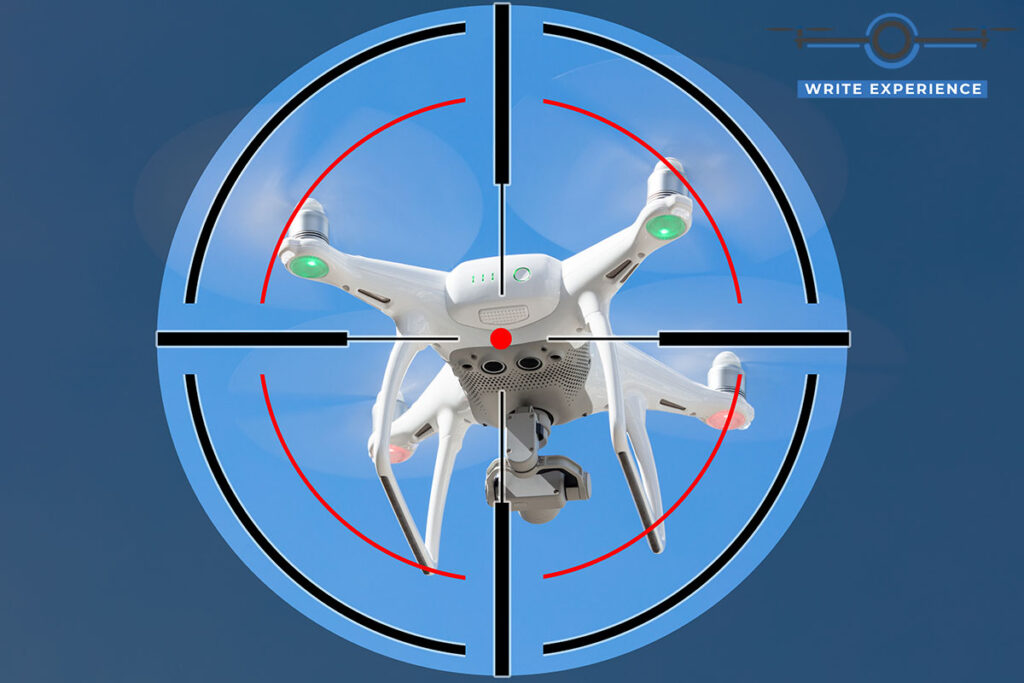
Have you ever heard of an anti-drone drone? An anti-drone drone detects, tracks, and disables other drones. They are outfitted with a range of sensors, such as cameras, radar, and radio frequency (RF) scanners, which allow them to track nearby drones.
Law enforcement can utilize anti-drone drones to seek and disable drones used for unlawful reasons such as drug trafficking or terrorism. They are gaining popularity among numerous users, including security firms, government agencies, and law enforcement agencies.
You Can Make Your House Drone-Proof!
Here are some of the most suggested ways, in order of preference:
- Install a drone detection system. It can alert you when a drone is nearby so you can take steps to protect your privacy and property.
- Install a drone net. This is a physical barrier that can be used to catch and stop a drone. You can cast the net over your rooftops or in other high places.
- Plant tall trees. Tall trees can create a physical barrier and interfere with the drone’s signal to its pilot, causing the drone to lose control and crash.
- Request a no-drone zone. In some cases, you may contact your local authorities to request a no-drone zone over your property.
FAQs
How Can I Raise Awareness Of Responsible Drone Usage In My Community?
There are numerous ways to educate your community on the proper use of drones. Here are a few suggestions:
- Host a community event, such as a drone safety workshop, a drone flying competition, or a social event where people can learn about drones and how to use them safely.
- Create educational materials, such as flyers, brochures, or even a website with information on drone safety and regulations.
- Talk to local schools and organizations about giving a presentation on drone safety.
- Start a drone club or group where people can connect and share information on responsible drone flying.
- Partner with local businesses and organizations to promote responsible drone usage.
Are There Specific Permits Or Licenses Required For Drone Operation In The UU?
Commercial drone pilots must obtain an FAA Remote Pilot Certificate to demonstrate their flying skills. This certificate proves that you are qualified to fly a drone safely. You must pass a knowledge test and a practical flight test to obtain the certificate.
In addition to registering your drone and obtaining a Remote Pilot Certificate, you may also need to obtain permits or authorizations from the FAA for certain types of drone operations.
Can I Fly My Drone Without A Remote Pilot Certificate?
Yes, but with restrictions.
If you are flying your drone for recreational purposes and staying within line of sight, you may not need an RPC. However, there are still some restrictions that apply to recreational drone pilots, such as flying below 400 feet and keeping your drone away from airports and other restricted airspace.
If you are flying your drone for commercial purposes, you must have a Part 107 Remote Pilot Certificate.
In case you are caught flying a drone without a Remote Pilot Certificate, you may face a fine of up to $25,000 or up to 3 years in jail. The FAA can also take away your drone flying privileges.
See more:
Conclusion
Drones can be a nuisance, but there are steps you can take to protect your privacy and property. By understanding the laws and regulations governing drone use and taking practical measures such as installing a drone detection system or drone net, you can deter them from flying over your house.

